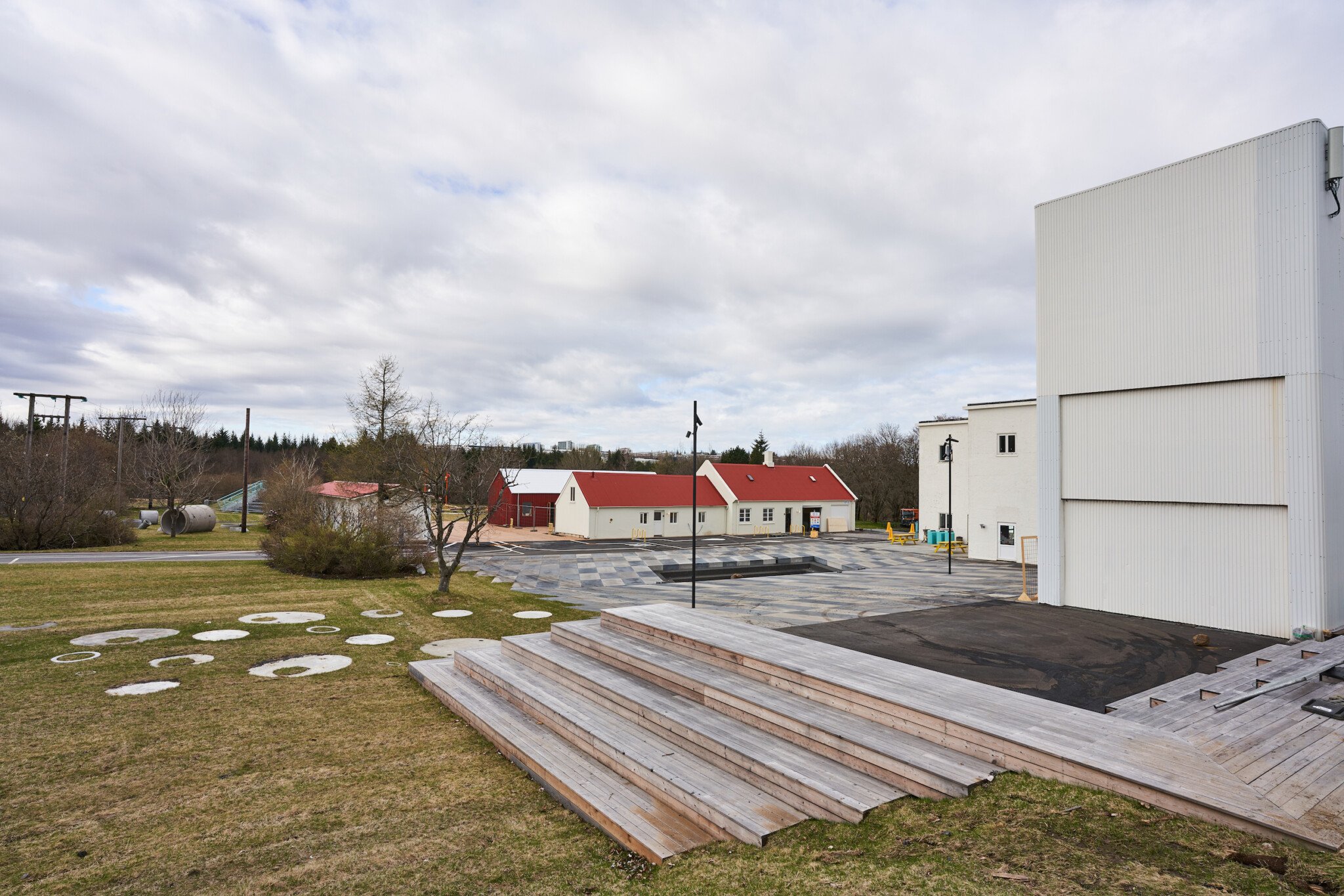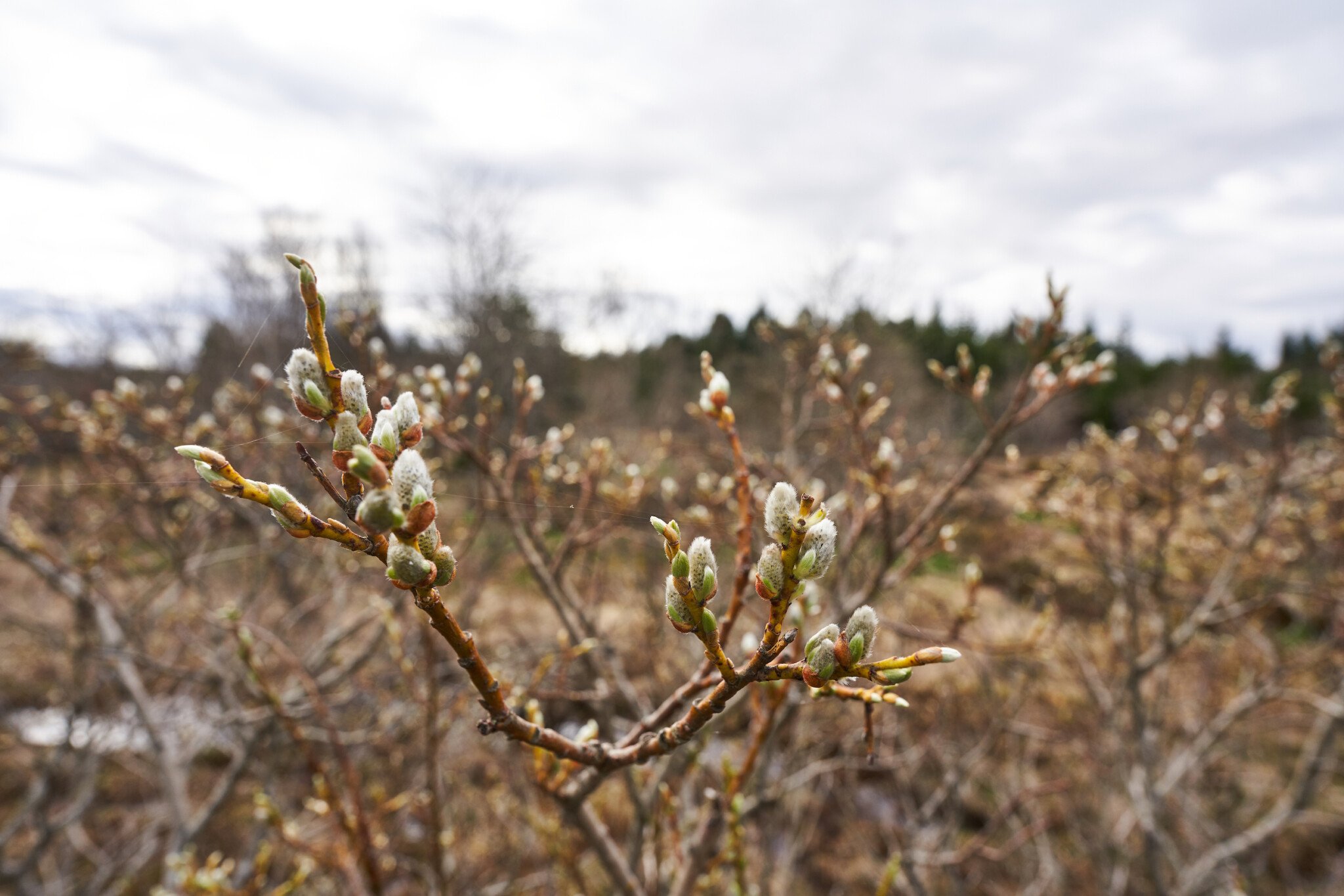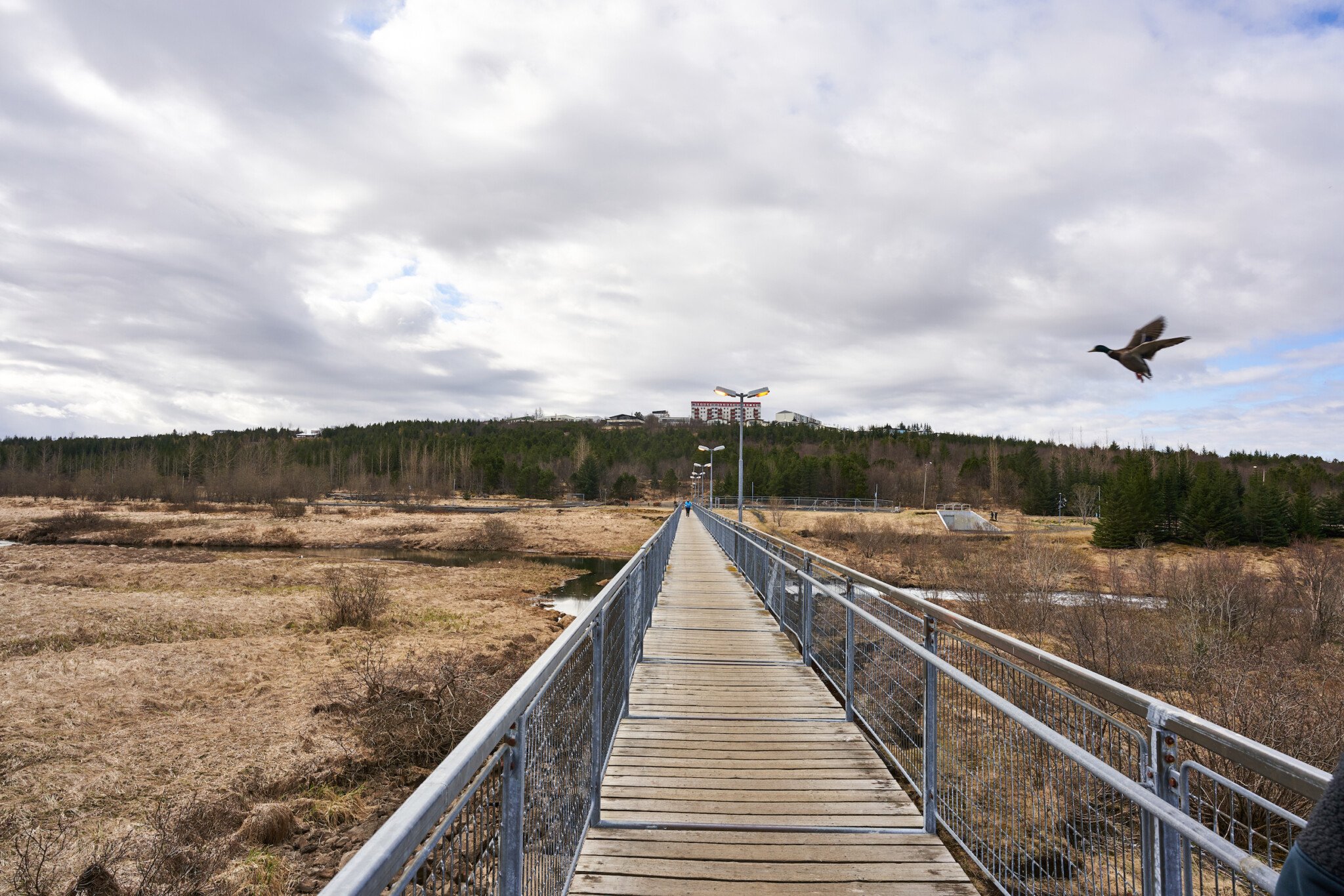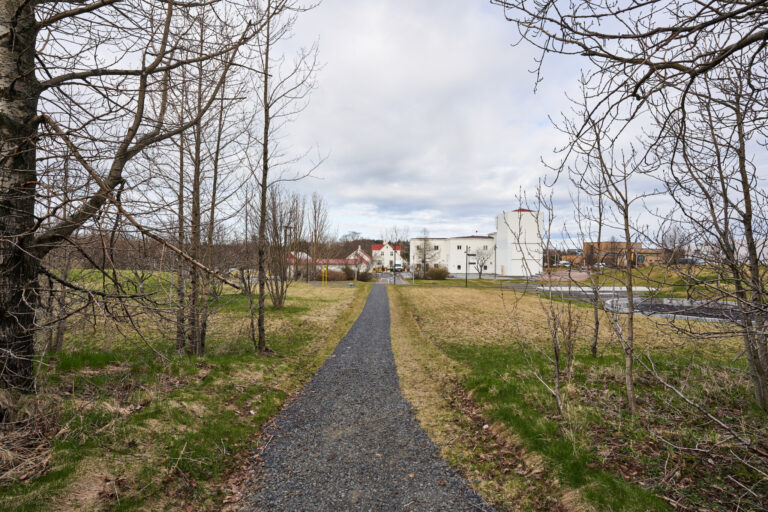The town council of Reykjavik must have been very forward-thinking in 1906 when the Elliðaá River was bought to harness hydropower. The river makes Elliðavatn Lake and flows to the sea through Elliðaárdalur Valley (6 km / 4 mi long way). The average flow of the Elliðaár river is 5.5 m³ / sec. Elliðaárdalur is a cradle of utility activities in the city. In 1909, the town started getting its drinking water from the river. It is still done because Gvendarbrunnar, which is Reykjavík’s primary water source now, is in the river’s catchment area. The power plant was taken into use in 1921. Since the 1960s, the district heating company has gotten hot water from several boreholes in Elliðaárdalur. The city’s activities in the valley have always considered the ecosystem in the valley and the river, as it is unique to have a good salmon fishing river that flows through the capital. There is a lot of birdlife in the valley and many well-marked hiking trails. The valley and the surrounding area are among the most popular outdoor recreation areas in the entire capital area.



Reykjavík 28/04/2021 09:51 – 10:58 : A7R III : FE 1.8/20mm G
Photographs and text : Páll Stefánsson




